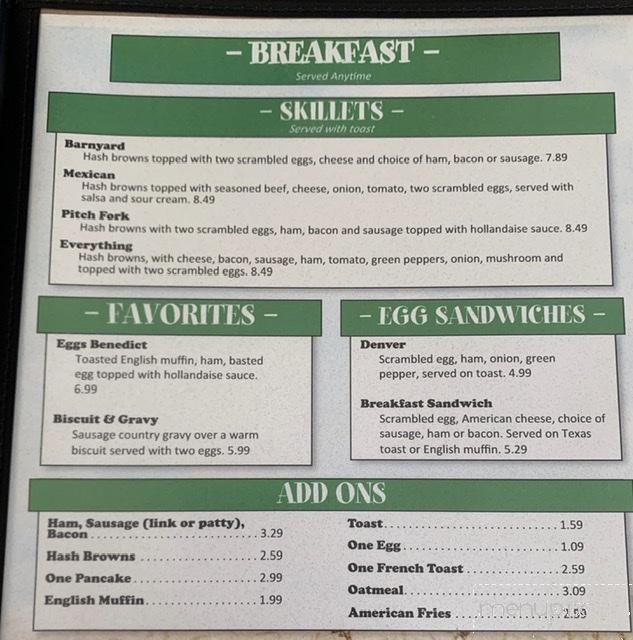Have you ever wondered what it takes to become a dentist? Are you interested in pursuing a career in dentistry but unsure of the educational path you need to take? Look no further! In this article, we will explore the different degrees required to become a dentist and provide you with all the information you need to start your journey in the field of dentistry.
Many individuals who are considering a career in dentistry often have questions about the educational requirements and the specific degree needed to become a dentist. They may be unsure if they need a bachelor's degree or if they can go straight into dental school after completing their pre-dental coursework. These uncertainties can be a source of stress and confusion for aspiring dentists.
To become a dentist, you must first complete a bachelor's degree from an accredited college or university. While there is no specific major required for dental school admission, most dental schools have pre-requisite coursework that must be completed before applying. These courses typically include biology, chemistry, physics, and other related sciences. Additionally, it is important to maintain a high GPA and perform well on the Dental Admission Test (DAT) to increase your chances of gaining acceptance into dental school.
In summary, to become a dentist, you will need to complete a bachelor's degree in any major, as long as you have completed the required pre-requisite coursework. After completing your undergraduate education, you will then need to apply to and complete a Doctor of Dental Surgery (DDS) or Doctor of Dental Medicine (DMD) program, which typically takes four years. Once you have successfully completed dental school, you will be eligible to take the national and state licensing exams to become a licensed dentist.
What Degree Do You Need to be a Dentist: Explained
When pursuing a career in dentistry, the degree you need is a Doctor of Dental Surgery (DDS) or Doctor of Dental Medicine (DMD) degree. These two degrees are equivalent and provide the necessary education and training to become a licensed dentist. Dental school programs typically take four years to complete and consist of a combination of classroom lectures, laboratory work, and clinical rotations.
During dental school, students learn about various aspects of dentistry, including oral anatomy, dental procedures, dental materials, and patient care. They also gain hands-on experience by working with patients under the supervision of experienced faculty members. Upon graduation, dentists have the knowledge and skills necessary to diagnose and treat various dental conditions, perform dental procedures such as fillings and extractions, and provide preventive care to maintain oral health.
The field of dentistry has a long and rich history. Dentistry has been practiced for thousands of years, with evidence of dental treatment dating back to ancient civilizations. In ancient Egypt, for example, dental practitioners were known as "tooth doctors" and performed procedures such as filling cavities and extracting teeth. Over time, dentistry has evolved and advanced, with new techniques, technologies, and treatments being developed to improve oral health care.
While the path to becoming a dentist requires dedication and hard work, it is a rewarding profession that offers opportunities to make a positive impact on people's lives. As a dentist, you have the ability to improve oral health, alleviate pain, and restore smiles. If you are passionate about helping others and have an interest in oral health care, pursuing a career in dentistry may be the right choice for you.
What Degree Do You Need to be a Dentist: In More Detail
The Doctor of Dental Surgery (DDS) and Doctor of Dental Medicine (DMD) degrees are professional degrees that prepare individuals for a career in dentistry. These degrees are equivalent and have the same educational requirements. Dental school programs typically take four years to complete and consist of a combination of didactic coursework, laboratory work, and clinical experiences.
During the first two years of dental school, students focus on foundational knowledge and skills. They take courses in basic sciences such as anatomy, physiology, and biochemistry, as well as dental-specific subjects like oral pathology and dental materials. Students also have the opportunity to practice their clinical skills in simulated laboratory settings.
In the third and fourth years of dental school, students transition to more advanced clinical experiences. They work closely with faculty members and gain hands-on experience treating patients in a dental clinic. This allows students to apply the knowledge and skills they have learned in real-world situations and develop their clinical judgment and decision-making abilities.
Upon graduation from dental school, individuals are required to pass both national and state licensing exams to become licensed dentists. These exams assess the individual's knowledge and skills in various areas of dentistry, including diagnosis, treatment planning, and clinical procedures. Once licensed, dentists may choose to further specialize in a specific area of dentistry by completing a residency program.
What Degree Do You Need to be a Dentist: Fun Facts
- The first dental school in the United States was established in 1840 at the University of Maryland. - The average dental school debt for graduating dentists in the United States is over $250,000. - The American Dental Association (ADA) is the largest professional organization for dentists in the United States, with over 163,000 members. - The field of dentistry has seen significant advancements in technology, including the use of digital imaging, lasers, and computer-aided design and manufacturing (CAD/CAM) systems.
Conclusion of What Degree Do You Need to be a Dentist
To become a dentist, you will need to complete a bachelor's degree and then apply to and complete a Doctor of Dental Surgery (DDS) or Doctor of Dental Medicine (DMD) program. Dental school typically takes four years to complete and provides the necessary education and training to become a licensed dentist. The field of dentistry offers a rewarding career opportunity to make a positive impact on people's oral health and well-being.














